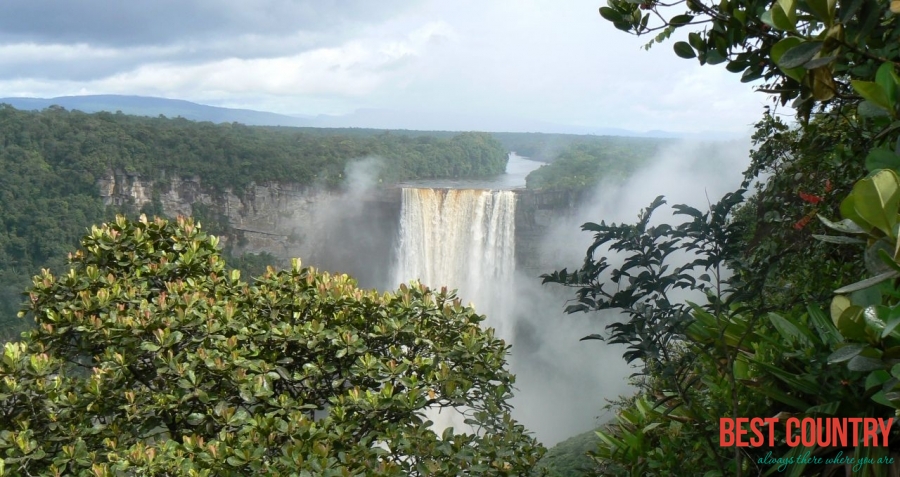Climate of Guyana

Although the temperature never gets dangerously high, the combination of heat and humidity can at times seem oppressive. The entire area is under the influence of the northeast trade winds, and during the midday and afternoon sea breezes bring relief to the coast. Guyana lies south of the path of Caribbean hurricanes and none is known to have hit the country.
Temperatures in Georgetown are quite constant, with an average high of 32 °C (89.6 °F) and an average low of 24 °C (75.2 °F) in the hottest month (July), and an average range of 29 to 23 °C (84.2 to 73.4 °F) in February, the coolest month. The highest temperature ever recorded in the capital was 37.7 °C (99.9 °F) and the lowest 16.6 °C (61.9 °F). Humidity averages 70 percent year-round. Locations in the interior, away from the moderating influence of the ocean, experience slightly wider variations in daily temperature, and nighttime readings as low as 12 °C (53.6 °F) have been recorded. Humidity in the interior is also slightly lower, averaging around 60 percent.
Rainfall is heaviest in the northwest and lightest in the southeast and interior. Annual averages on the coast near the Venezuelan border are near 2,500 millimetres (98.4 in), farther east at New Amsterdam, between 2,000 and 1,500 millimetres (78.7 and 59.1 in) in southern Guyana's Rupununi Savannah. Areas on the northeast sides of mountains that catch the trade winds average as much as 3,500 millimetres (137.8 in) of precipitation annually. Although rain falls throughout the year, about 50 percent of the annual total arrives in the summer rainy season that extends from May to the end of July along the coast and from April through September farther inland. Coastal areas have a second rainy season from November through January. Rain generally falls in heavy afternoon showers or thunderstorms. Overcast days are rare; most days include four to eight hours of sunshine from morning through early afternoon.